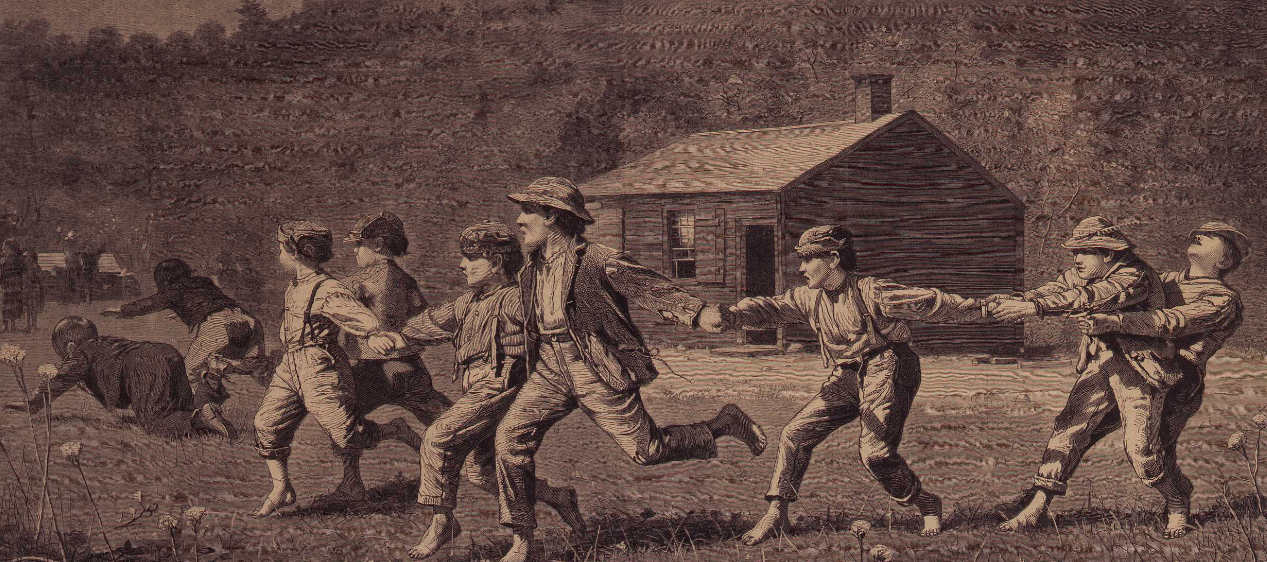Butler opens printmaking exhibition

By GUY D’ASTOLFO
YOUNGSTOWN
Over the past few decades, the Butler Institute of American Art has built an impressive and important collection of prints.
Now, it has compiled the best of its collection into a two-part exhibition that opens today.
Titled “100 Years of American Print Making from the Butler Collection,” the first part of the show will run through Nov. 19 in a gallery on the second floor of the museum’s main branch.
After it closes, it will move to the Museum of Art – Deland in Florida. The second part of the exhibition will go on display at the Butler in January.
The exhibitions comprise about 100 works by a century’s worth of great artists, including Mary Cassatt, Romare Bearden, Robert Cottingham, James McNeil Whistler, Robert Motherwell, Roy F. Lichtenstein, Andy Warhol, Jasper Johns and Edward Hopper.
“Every great [American] artist of the 20th century, and some from the late 19th century, are represented in this exhibition,” said Louis Zona, director of the Butler.
He explained how the collection was amassed.
“We’ve been building this collection for 35 years,” said Zona. “Every year we buy one or two prints. If you can’t afford a Jasper Johns, you might be able to afford a good print [of his work].”
Printmaking is the long-held practice of creating additional copies of an original piece.
“It’s done so that more than one person can see it and have a copy,” said Zona. An edition of a print typically has between 50 and 100 copies. The prints are created through several methods, including lithography, silk screening and etching.
A print is vastly different – and, of course, much more valuable – from a reproduction of a painting, which is made through commercial printing methods and can be run off by the thousands, and often in sizes larger than the original.
Zona said that lithographs can sometimes replicate a drawing very well, and you have to look closely to determine that it is not the original.
But a print of a painting always has a different quality. “Surface texture, edges of shapes ... there is always something about it that says, ‘I am not a painting,’” said Zona.
Often, an artist will sign a print and write the title on it, which makes it an original, noted Zona. Such is the case for a few pieces in the new exhibition, which he called “a wonderful journey through American art history, from American Impressionism through 21st-century conceptual and expressionistic directions.”
The Butler, 524 Wick Ave., is open from noon to 4 p.m. on Sundays, and 11 a.m. to 4 p.m. Tuesday through Saturday. Admission is free.
 43
43
